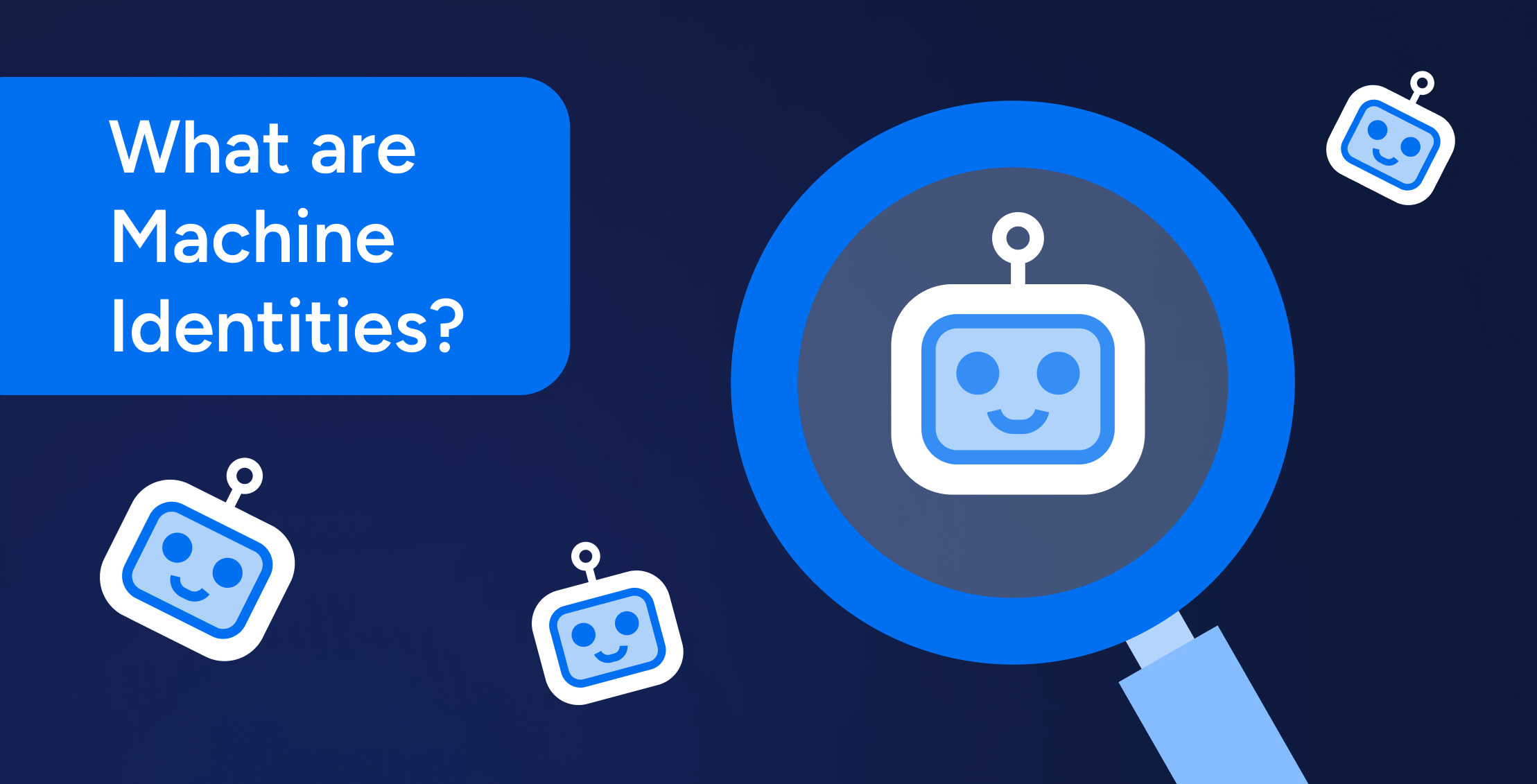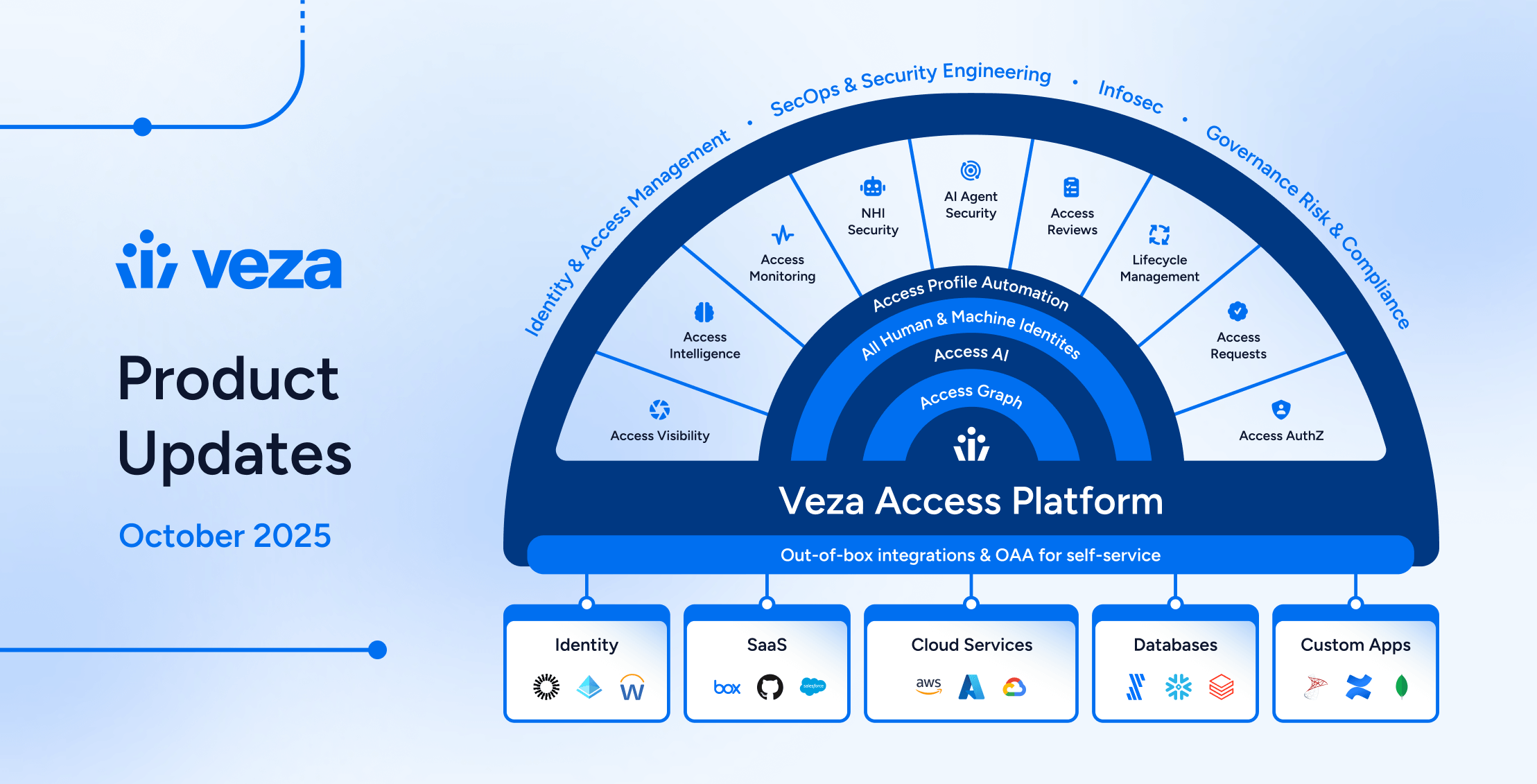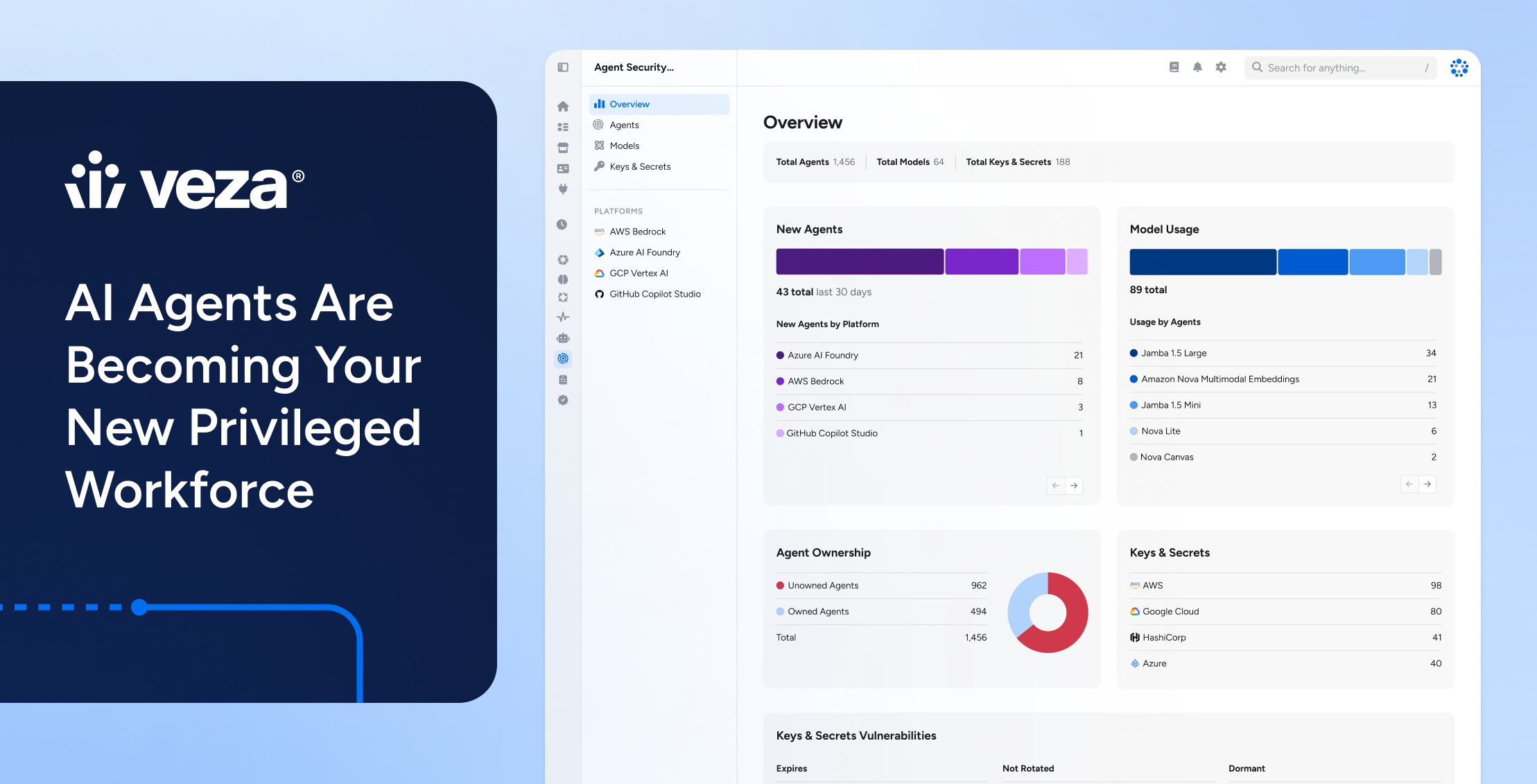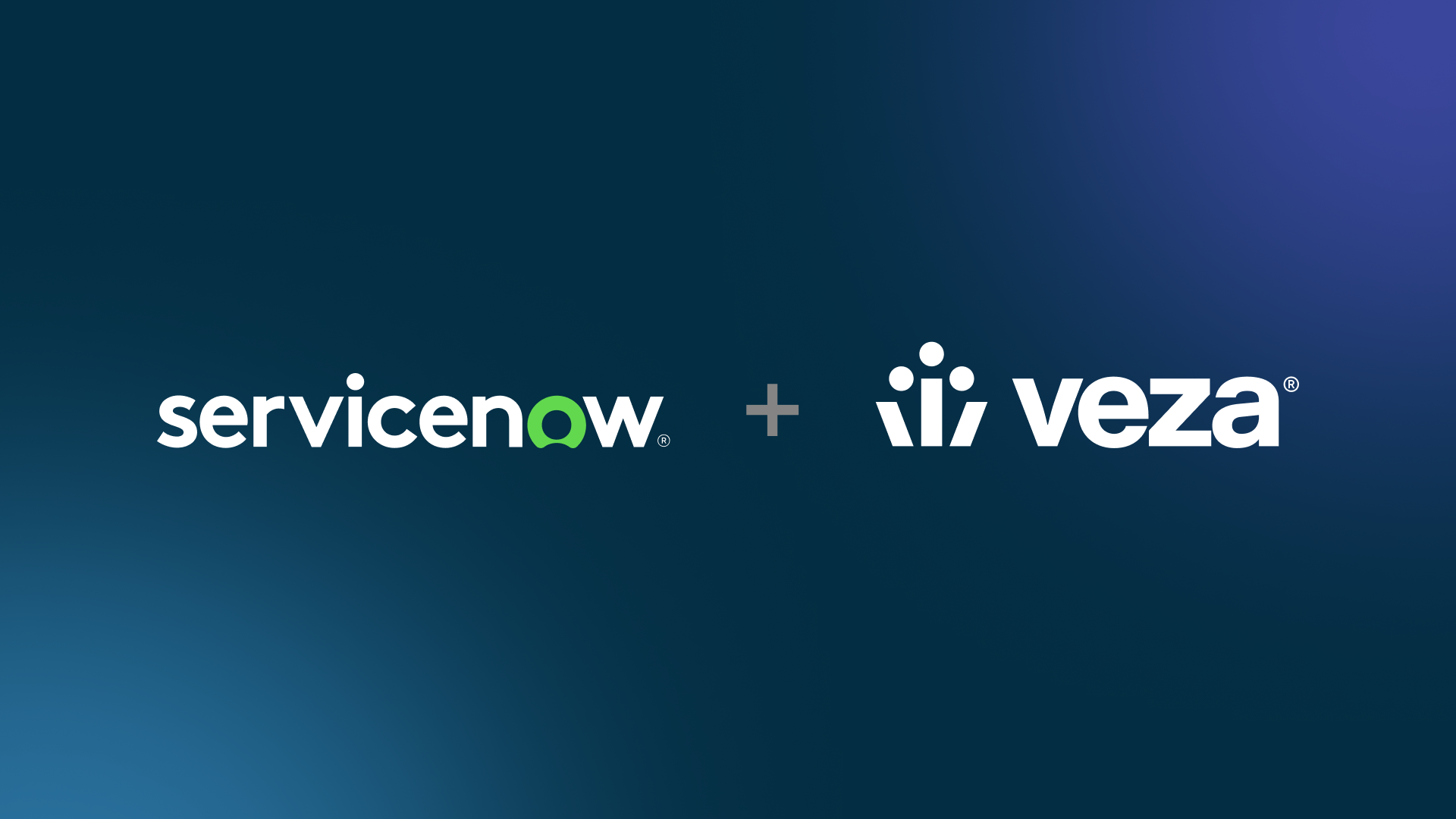
Machine identities—applications, services, and devices—now outnumber human identities by 17:1. They play a central role in automated workflows, cloud environments, and DevOps pipelines—and cybercriminals are increasingly targeting them to gain unauthorized access, move laterally within networks, and execute large-scale attacks.
One of the most high-profile cyberattacks in recent years, the SolarWinds breach, shows exactly why machine identity security can’t be ignored. Attackers managed to slip malicious code, SUNBURST, into SolarWinds’ Orion software—code that ended up getting digitally signed with a legitimate machine identity certificate. That digital signature gave it credibility. It made the malware look like safe, trusted software.
The result? Thousands of organizations unknowingly installed the malware, including Fortune 500 companies and U.S. government agencies. That’s the kind of damage a compromised machine identity can do.
As the number of machine identities continues to grow, so do the risks associated with mismanaged certificates, weak authentication controls, and unauthorized access. In this article, we’ll explore what machine identities are, why they need protection, and how to manage them effectively to enforce a zero-trust approach.
What Is a Machine?
In cybersecurity and identity management, a machine refers to any non-human entity that interacts with digital systems, applications, or networks. They operate autonomously or in collaboration with human users, executing predefined functions without manual intervention.
Machines encompass a wide range of entities, including apps that require authentication and authorization to access resources, Internet of Things (IoT) devices, and application programming interfaces (APIs).
As businesses continue adopting cloud computing, multi-cloud environments, and automated workflows, the number of machine identities is skyrocketing—making their security and management a top priority for organizations.
What Is a Machine Identity?
A machine identity is a digital credential that allows machines—such as servers, applications, APIs, and IoT devices—to authenticate and communicate securely. The industry typically describes a machine identity as a digital passport. It tells other systems, “I belong here,” and proves it cryptographically.
This allows machines to recognize and trust each other, ensuring secure interactions across cloud environments, data centers, and enterprise networks.
Think of it this way: just like humans use usernames and passwords to log in, these non-human identities (NHIs) use cryptographic credentials to verify themselves. These credentials establish trust so that machines can interact safely—whether in your data center, across cloud providers, or inside your CI/CD pipeline.
Types of Machine Identities
Machine identities come in many forms, each serving different functions across a digital infrastructure. Here’s a look at some of the most common.
1. Cloud identities
Cloud-based applications, virtual machines, and microservices need unique machine identities to operate securely. Businesses usually manage these machine identities through cloud identity and access management (IAM) solutions, and are critical in hybrid and multi-cloud environments for seamless authentication across different cloud providers.
2. DevOps tools and CI/CD pipelines
In DevOps environments, machine identities enable continuous integration and continuous deployment (CI/CD) pipelines to operate securely. Automated processes, including software builds, testing, and deployments, use cryptographic keys and API tokens to authenticate access between services and repositories so that only authorized workloads interact with the codebase.
3. Automation tools and scripts
Organizations use automation tools, bots, and scripts to orchestrate infrastructure, schedule tasks, and manage security policies. These non-human entities use machine identities to authenticate their actions—whether they’re provisioning cloud resources, running scheduled security scans, or managing system configurations.
4. SaaS integrations
As companies adopt more Software-as-a-Service (SaaS) applications, machine identities facilitate secure connections between tools such as human resources platforms, finance systems, and customer relationship management software. These integrations depend on open authorization (OAuth) tokens, API keys, and certificates to establish trust and exchange data without manual intervention.
5. IoT and edge devices
The rise of Internet of Things devices has led to a surge in machine identities, as smart sensors, industrial equipment, and autonomous systems require unique authentication credentials to communicate securely with each other. These and edge devices use X.509 certificates and encrypted communication protocols for safe interactions with networks.
6. Containers and microservices
Modern software development relies on containerized applications running in orchestrated environments like Kubernetes. Each containerized service needs a distinct machine identity to securely communicate with databases, APIs, and other services. Without proper identity governance, these machine identities can become a security blind spot, leading to misconfigurations and unauthorized access risks.
7. Cryptographic keys and certificates
Many machine identities rely on cryptographic keys, Secure Shell (SSH) keys, and digital certificates to establish trust in communication channels. These credentials exchange encrypted data between machines, so only legitimate systems can access critical infrastructure.
Machine identities vs service accounts
Machine identities and service accounts are both non-human identities, but they’re not interchangeable. While they’re often conflated, they serve different purposes and require distinct governance approaches.
- Machine identities are digital credentials assigned to non-human entities like devices, servers, applications, or workloads. They authenticate these entities and enable secure communication across systems. For example, a virtual machine using a transport layer security (TLS) certificate to establish a secure connection has a machine identity.
- Service accounts, on the other hand, are dedicated accounts used by applications or services to interact with other systems. A common use case is an application accessing a database using a service account with a specific set of permissions, such as read-only access to customer data. These scoped permissions allow the application to perform necessary tasks without overexposing sensitive systems or granting unnecessary privileges.
The key distinction is that machine identities represent the system itself, while service accounts grant access for specific actions within or between applications. Both require careful permission management, but service accounts are often more deeply tied to access control. Therefore, you should monitor them closely to avoid privilege creep or excessive access
How Machine Identities Work
Here, we’ll take a closer look at how the key elements of machine identities function.
Public key infrastructure (PKI)
PKI is a secure encryption and authentication framework that uses public and private key pairs. It helps you issue, manage, and revoke machine identity certificates so only authorized machines can communicate within your network. Without PKI-based authentication, machine identities could be easily forged or compromised.
Recent high-profile PKI failures, including Google’s decision to distrust Entrust certificates and DigiCert’s mass revocation of over 200,000 certificates, highlight just how fragile trust in digital certificates can be.
These incidents triggered operational disruptions and costly, last-minute migrations for affected businesses. They underscore the importance of automation to manage the growing volume of machine identities across modern infrastructures.
Certificate authority (CA)
CAs are trusted entities that issue and manage digital certificates for machine identities. These certificates validate a machine’s legitimacy and allow it to securely communicate with other systems. If a CA is compromised, attackers can create fraudulent certificates and impersonate trusted machines to bypass security controls.
Machine identity enforcers
Enforcers are security tools and policies that govern how you use, monitor, and revoke machine identities. They help organizations implement least-privilege access, enforce certificate rotation policies, and detect unauthorized machine identities.
Through continuous validation of machine identities, enforcers reduce the risk of credential misuse and prevent unauthorized access.
Why Is It Important To Secure Machine Identities?
Now we know what machine identities are and how they work, let’s explore why companies need to secure them.
- Prevent unauthorized access and credential theft: Attackers can exploit weakly managed API keys, SSH certificates, and cryptographic credentials to impersonate legitimate services and access sensitive data.
- Reduce the risk of supply chain attacks: Compromised machine identities in DevOps and CI/CD pipelines can allow threat actors to introduce malicious code, manipulate deployments, and steal proprietary data.
- Ensure compliance and regulatory adherence: Regulations like ISO 27001, GDPR, HIPAA, SOC 2, NIST, and PCI DSS require strict identity governance, and failing to secure machine identities can result in compliance violations and penalties. These frameworks require organizations to control, monitor, and audit access to sensitive data, which applies equally to machine identities as it does to human users.
Failure to properly manage machine identities can lead to audit issues, data breaches, and financial penalties. This is especially true when dealing with sensitive information like payment data or health records.
- Minimize service disruptions and outages: Expired or misconfigured certificates can cause unexpected system failures, disrupt transactions, and expose encrypted communications.
- Strengthen zero trust security models: Without proper machine identity governance, attackers can exploit privileged credentials to bypass firewalls, manipulate cloud workloads, or execute remote attacks.
- Adapt to evolving cybersecurity threats: As cloud adoption and automation increase, organizations have to proactively manage machine identities to prevent evolving ransomware attacks, credential misuse, and unauthorized access.
- Keep your business up and running: Secure machine identities help prevent attacks that could disrupt critical systems, reducing downtime on the client side and behind the scenes.
Machine Identity Lifecycle
While human identities undergo structured processes like user access reviews and multi-factor authentication (MFA) checks, non-human identities often lack similar oversight. As NHIs are often created by software developers who may not have a deep understanding of security, they can accumulate unchecked access privileges that attackers can exploit. Therefore, you need to create workflows to consistently review and monitor your machine identities to plug security gaps in your systems.
The machine identity lifecycle is a series of steps that cover the creation, management, and retiring of machine identities. A proper lifecycle management strategy stops credential sprawl, unauthorized access, and compliance failures.
- Issuance: Generate machine identities, such as cryptographic keys, digital certificates, and API tokens, and assign them to applications, servers, and services.
- Registration: Record the new machine identity in an identity management system, allowing security teams to track and enforce access controls.
- Authentication and authorization: Use your identity for machine-to-machine authentication and access validation so that only authorized machines communicate within the network.
- Monitoring and governance: Continuously track and audit machine identities to detect anomalies, prevent unauthorized access, and maintain compliance with security policies.
- Renewal and rotation: Update or rotate expiring certificates, cryptographic keys, and API tokens regularly to reduce the risk of stolen or compromised credentials.
- Revocation and decommissioning: Revoke machine identities to prevent unauthorized use and credential abuse when they are no longer in use due to system upgrades, expired access, or infrastructure changes.
What Leads To Machine Identity Theft?
Machine identity theft occurs when attackers gain unauthorized access to digital certificates, cryptographic keys, or API tokens, allowing them to impersonate trusted systems. Several factors contribute to this risk:
- Weak or misconfigured security controls: Poorly managed machine identities, including weak encryption, excessive privileges, and misconfigured access policies, create vulnerabilities that attackers can exploit.
- Credential sprawl and lack of visibility: As organizations scale their SaaS, the number of machine identities grows, leading to unmanaged or forgotten credentials that can be hijacked without detection.
- Stolen or exposed cryptographic keys: Attackers target unencrypted or improperly stored private keys, SSH credentials, and API tokens, allowing them to gain unauthorized access to critical systems.
- Unpatched vulnerabilities in software and infrastructure: Security gaps in cloud platforms, CI/CD pipelines, and IoT devices can expose machine identities to exploitation.
- Compromised certificate authorities (CAs): If a CA is breached, attackers can issue fraudulent certificates, impersonate legitimate services, and establish unauthorized connections within an organization’s network.
- Unclear ownership: When it’s not obvious whether the IT department, security team, or developers are responsible for a machine identity, you can leave the identity unchecked and exposed to attacks.
- Phishing and social engineering attacks: Cybercriminals use targeted phishing campaigns to trick administrators into revealing sensitive machine identity credentials or granting excessive permissions.
- A lack of automation: Without automation to manage machine identities, it’s easy to miss when certificates need renewing or when hackers have compromised an identity.
- The AI/ML factor: Attackers are leveraging AI and machine learning (ML) systems to automate the process of identifying and exploiting vulnerabilities, as well as brute-force password attacks. As companies adopt more AI applications, the number of machine identities increases, making it harder to track and prevent hacking attempts.
Machine Identity Security Best Practices
Machine identity security plays a key role in achieving zero trust in your organization.
But as environments grow more complex, traditional identity and access management (IAM) tools often struggle to keep up with the scale, speed, and dynamic nature of machine identities.
They may not provide adequate visibility into non-human identities, making it difficult to enforce policies consistently across hybrid and multi-cloud infrastructures. Look for tools that help you do the following:
Issue certificates for all machines
Every machine interacting within an organization’s network should have a unique digital certificate to authenticate itself securely. Certificates encrypt communications and verify trust between machines, reducing the risk of identity spoofing and unauthorized access.
Organizations should leverage public key infrastructure and certificate authorities (CAs) to issue and manage certificates effectively.
Enforce least privilege for machine identities
Least privilege is the principle of giving identities the exact permissions they need—no more, no less. Overly broad permissions increase security risks, especially for high-stakes machine identities in DevOps and CI/CD processes. These high-stakes, or Tier Zero, identities essentially hold the nuclear codes for your digital infrastructure. They can write source code directly to production environments.
To prevent hackers from injecting ransomware into these highly sensitive accounts, regularly review and refine service account permissions and correct any instances where machine identities exceed the access levels they need for their role.
Store and update machine identity information for all infrastructures
Store machine identities centrally and regularly update them across on-premises, cloud, and hybrid environments to prevent outdated credentials from becoming security liabilities. A comprehensive identity repository means you can track, manage, and revoke credentials efficiently.
Without proper storage and visibility, organizations risk orphaned machine identities, which attackers can exploit.
Remove digital certificates and keys if machines aren’t in use
Inactive or decommissioned machines that still have digital certificates and cryptographic keys installed are easy entry points for cybercriminals. Attackers often target forgotten, inactive, or unmonitored credentials to infiltrate systems and move laterally within networks.
For example, if an IoT sensor in a manufacturing plant is compromised, an attacker could use its machine identity to access other systems in the network completely undetected.
To mitigate this risk, you have to proactively identify and revoke access from unused machine identities so dormant permissions don’t become a hidden backdoor into critical systems.
Rotate encryption keys and certificates
Regularly rotating encryption keys and certificates minimizes the risk of long-term exposure in case of credential compromise. Automated key rotation policies help keep sensitive machine identities up to date. This reduces the attack surface for cybercriminals. Organizations can also enforce short-lived certificates to limit the impact of credential theft.
Invest in automation tools and identity and access management technology
Manually managing machine identities at scale is inefficient and error-prone, making automation essential for security. Identity and access management (IAM) tools, certificate lifecycle management solutions, and privileged access management (PAM) platforms can streamline governance. Automated monitoring and enforcement policies help organizations reduce human error, improve compliance, and respond to security threats faster.
Identify “rogue” machine identities and continuously monitor for new risks
Unauthorized or misconfigured machine identities are often called rogue identities. If left unchecked, they pose a significant security risk. Security teams should implement continuous discovery and monitoring solutions to detect new machine identities, flag anomalies, and eliminate unauthorized access points.
Protect CA from being compromised
Since certificate authorities (CAs) issue and manage machine identity certificates, they are a high-value target for attackers. A compromised CA can cause widespread trust violations and fraudulent certificates. It may also result in unauthorized access across the entire organization.
To safeguard CAs, organizations should enforce strict access controls, multi-factor authentication MFA, and hardware security modules (HSMs) to prevent tampering.
Conduct machine identity audits
Just like organizing personal documents is essential, documenting all machine identities helps you uncover security gaps and compliance violations. However, since machine identities are not always manually created by humans, you need to implement a system that can automatically discover and continuously monitor these identities.
An effective audit strategy involves tracking active machine identities—even those that are dynamically created by systems without direct human intervention—revoking unused credentials, assessing security configurations, and implementing zero-trust security policies. This automated approach not only helps keep the records up-to-date but also improves the overall organization and ease of management for machine identities over time.
Ask yourself: Does your current IAM solution give you complete visibility into machine identities across hybrid environments? Can it discover shadow NHIs, enforce least privilege, and monitor access over time without breaking the processes that are critical to your business?
Modern machine identity management platforms address these challenges, offering more granular visibility, real-time policy enforcement, and advanced automation that traditional tools often lack.
Conclusion: The Future of Managing Machine Identities
As the number of machine identities overtakes their human counterparts, traditional identity governance and administration platforms are struggling to keep up with the evolving security threats to machine identities. Most legacy IAM tools were built with human users in mind, relying heavily on controls like multi-factor authentication, which don’t apply to non-human identities. As a result, machine identities are often under-monitored, over-permissioned, and overlooked, creating dangerous blind spots across cloud and hybrid environments.
However, advanced technology is bridging the gap to protect both non-human and human identities on a single unified platform. Organizations must ask themselves whether their current IAM solution is sufficient to detail each identity’s role and whether access is justified.
Veza’s Non-Human Identity Management analyzes permissions and activity for all NHIs, including machine identities. It identifies and removes unneeded privileges, including admin permissions, without disrupting business-critical processes. This allows businesses to:
- Discover machine identities and other NHIs: Quickly identify NHIs across on-prem, SaaS apps, custom apps, and cloud infrastructure. Import data from CMDBs or external spreadsheets to label NHIs and assign human owners so nothing falls through the cracks.
- Enforce least-privilege access: Analyze permissions and activity to remove unnecessary access, including admin permissions, without disrupting critical processes. Restrict the power to create and provision virtual machines, certificates, and secrets.
- Eliminate shadow NHIs: Identify NHIs not managed by your secrets manager and align them with your security and governance policies.
- Streamline governance for all identities: Run ownership certification campaigns to confirm business needs, proper ownership, and least-privilege adherence for NHIs.
- Simplify lifecycle management: Enforce key rotation policies and provide critical content for access reviews, such as “Time last rotated” and “Time last used.”
As your digital ecosystem grows, choosing the right solution means knowing not just who has access, but what every identity—human or machine—is capable of doing.
Next Steps to Secure Your Machine Identities:
- Dive deeper into the latest trends and best practices in identity governance with our State of Access Report 2024.
- Get the tools you need to enhance your user access reviews and improve security with the Definitive Checklist to User Access Reviews.
- Ready to see how Veza can transform your identity governance? Book a demo with Veza today.
Veza helps you discover, secure, and provision machine identities—wherever they are.
About the Authors
This article was developed in collaboration between Matthew Romero, Technical Product Marketing Manager at Veza, and James McKenna, a seasoned content strategist and technical writer with deep experience in SaaS and cybersecurity.
James specializes in translating technical subject matter into clear, approachable content for practitioners and decision-makers. Matthew brings domain expertise from the identity and SecOps space, ensuring that the messaging reflects real-world challenges and practical outcomes.
Together, they aim to deliver content that’s technically accurate, easy to understand, and grounded in today’s identity security landscape.






